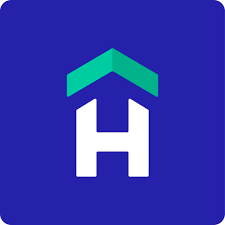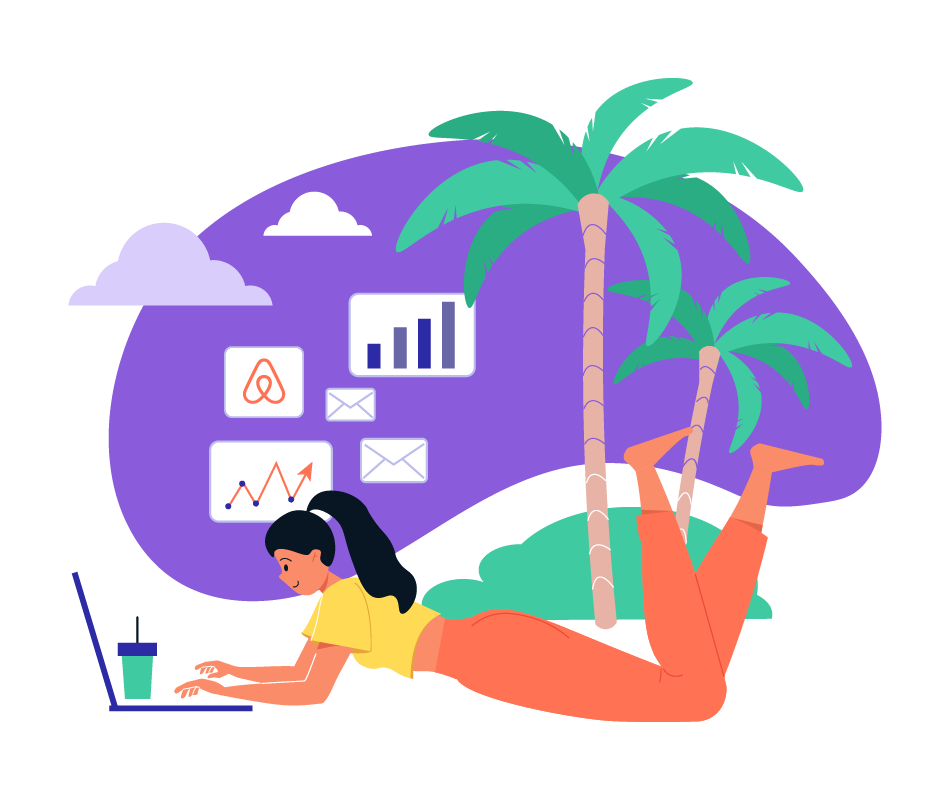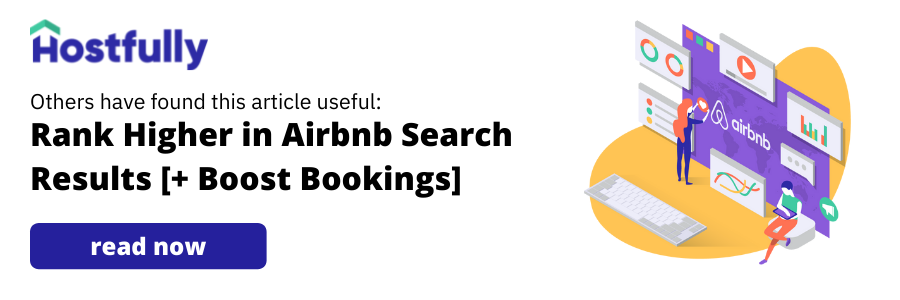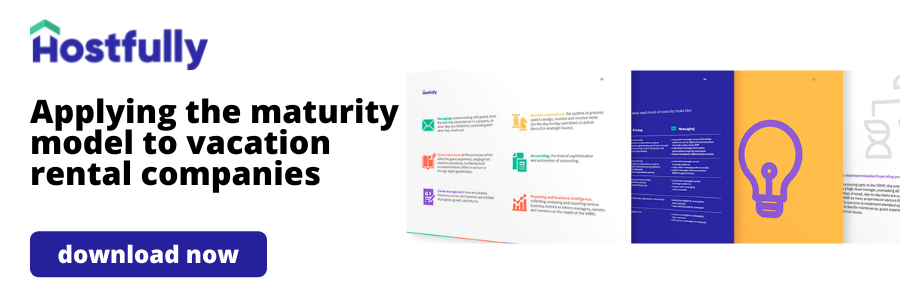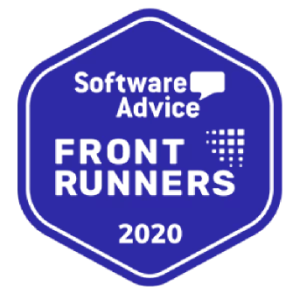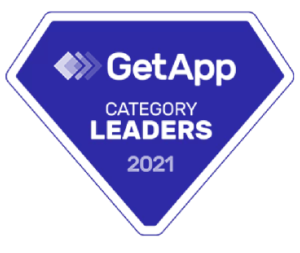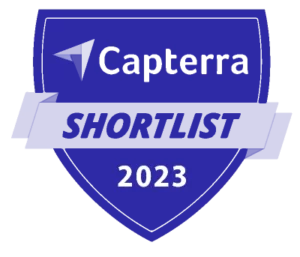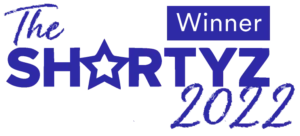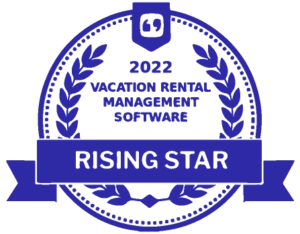The idea of managing multiple Airbnb properties remotely may seem challenging. But with the right tech tools and a bit of creativity, it’s completely within your reach. Here are some tips and ideas to keep in mind to be an effective remote Airbnb host.
Tip 1: Automation is your best friend
Automate everything possible. While it seems simple enough, getting it right can be a challenge. Your first step will be to get a good property management platform (PMP, sometimes called a PMS). PMPs give you basic channel management access to sites like Airbnb, Vrbo, and Booking.com, and widgets to sync your calendar to a direct booking site. Property software also lets you automate the following core processes of short-term rental management:
- Check-ins
- Check-outs
- Communication
- Dynamic pricing
Let’s take a look at how each of these remote management tasks can be automated:
Self-check-in for vacation rentals
These days, most guests expect to be able to self-check-in. This is a trend that plays in your favor if you’re a remote host. To implement a remote check-in process, you’ll need some hardware. Either a lockbox, a keypad, or smart locks.
- Lockbox: You can use your PMP to send the guests an automated message giving them the instructions on using the lockbox. Messages can include the guest’s name (to make them personalized) and be sent at specific times (example: 24h prior to arrival).
- Keypads: Similar to the lockbox, you can send the PIN code as part of an automated message. The downside to both lockboxes and keypads is that they aren’t the safest option. Anyone who stayed at the property once will have future access.
- Smart locks: Make sure you buy smart locks that connect with your PMP (called an integration). Your PMP will generate a unique PIN for the smart locks. The PIN will only be valid for the duration of the guest’s stay. Also, your PMP will take that PIN code and include it in a pre-arrival message.
Automating check-out
Enabling self-check-out is about reminding the guest of their upcoming departure. The trick to automating check-out is to get the messaging right. And this is where a top-tier property management tool comes in handy.
You’ll want to set up two types of automatic messages:
- An email or SMS that sends a message to the guest 24h before departure.
- You’ll want a template message in case check-in and check-out times are close to each other. This will prevent your guests from feeling like they are part of an automated funnel. In this case, you’ll want check-in AND check-out instructions in the same message.
You might also want to ask your guests to message (email, SMS, or Airbnb message) you once they’ve left. This will help you assign a task to your cleaning crew (which can also be automated).
Simplify and automate how you communicate
Quick, precise, and clear guest communication is essential in remote vacation rentals. By staying on top of communications, you can quickly respond to emergencies. It’s also a great way to ensure 5-star reviews. Finally, responding quickly to messages is a factor that helps you rank on the first page of Airbnb.
Unfortunately, remote hosts who are in different time zones from their short-term rentals might find it difficult to respond quickly. Responding to a question at midnight on a Saturday night is far from ideal.
Once again, the trick is automation.
Your first step will be to create template responses to frequent guest questions in your PMP. These template responses will then be available in your PMP’s inbox for later use. When a guest asks that question, all you have to do is click on a button and choose your pre-scripted response. No need to figure out a response when you’re half asleep or in the middle of picking up the kids.
The second step is to get an integration like Akia. Akia has the option of enabling ‘light AI’ responses to questions. Essentially, you let the AI figure out the best response. While it’s not optimal to trust the guest experience with a robot, it’s better than nothing.
The last option could be to hire a virtual assistant. This can be a great option if you manage more than one remote Airbnb since you’ll spread the costs across multiple rentals.
Pricing
Since you’re not in the area your rental business is located, you can’t get a sense of the local market. You know, that hunch you get when parking lots get full, and tourists flood the area?
That makes it impossible to know when to adjust your rates if there’s a sudden surge of interest. Or better yet, if a special event was announced in your area.
Dynamic pricing software takes on the work of monitoring markets for you. Wheelhouse, PriceLabs, Beyond, or DPGO take market variables into account to set a price for each Airbnb property. They also allow you to set minimum rates and also use AI to increase occupancy rates. Of course, there’s always more to it than simply leaving it to a tool, so see our Airbnb pricing strategies for ways to maximize your revenue.
Note (if you want to get more out of each property): Most remote hosts decrease vacancy rates by listing on other sites like Vrbo and Booking.com. To automate dynamic pricing, they integrate the software with their PMP. Here’s how it works. The dynamic pricing calls for a change in price. It’ll ask the PMP to update prices. The PMP then sends the update to all the sites the properties are listed on.
Tip 2: Outsource your Airbnb business’ manual tasks
Running Airbnbs remotely means you can’t do small jobs yourself anymore. Here’s what you need to do when it comes to manual labor:
Local handyman
Always have someone you can trust to fix anything that goes wrong in your properties at short notice. Your guest should not have their stay spoiled by a clogged toilet or be irritated by a loose closet handle. So find a trustworthy, efficient electrician, plumber, and handyman you can rely on.
Ideally, have your handyman check your short-term rentals regularly. How regular depends on your budget and tolerance to risk (do you want guests to check-in and the HVAC system or AC isn’t working?) Some remote hosts pay for someone to spot check after every stay, while others favor a monthly inspection.
Ultimately, a vacation rental property is a real estate asset. Our recommendation is to have a handyman check up on it as often as your budget permits it. It’ll help for resale and, in the long run, will prevent costly emergency repairs.
Hire professional cleaning services
Since you can’t clean your vacation rental property yourself, you’ll need to hire a cleaning company (or individual contractors). Outsourcing cleaning operations is an art in itself. Here are a few articles that go into detail:
- How to draft a vacation rental cleaning contract
- What to consider when outsourcing vacation rental cleaning
- Creating a cleaning checklist from a template
What you want to avoid is assigning cleaning tasks manually. Murphy’s Law guarantees that one day you’ll miss assigning cleaners. That’s an unfortunate way to lose superhost status once the next guests arrive. Luckily, software and automation take a lot of the hassle of coordination off your plate. You have two options:
- Set up your PMP to send a message to your cleaners when a reservation is made, modified, or canceled. This will help your cleaning contractors schedule their time.
- Integrate a cleaning app into your PMP. The cleaning app has extra features like checklists and smart rules for managing your cleaning. The app will handle assigning cleaning tasks, and you can even coordinate maintenance tasks in it. However, the cleaning app requires a PMP to operate since it must be given the reservation and schedule information.
Tip 3: Get organized
Effective organization isn’t just about making things easier for you. To maximize revenue, improve the guest experience, and ensure the “detail” stuff is dealt with without bogging you down, every part of your business needs to run like clockwork.
Creating an Airbnb property checklist
There can be a lot to think about, so checklists are helpful. Everything from cleaning supplies to toiletries needs to be restocked often, so make sure you’re on top of what you need. Ordering online, in bulk, or off Amazon is cheaper, more efficient, and can include free. Here are a few items to think about:
● Toothpaste
● Shower gel
● Shampoo
● Paper towels
● Soap
● Dishwashing liquid
● Toilet paper
● Conditioner
● Hand sanitizer
● Coffee/tea/welcome gifts such as chocolates or cookies
Since you’re managing remotely, you’ll need your handyman or your cleaning crew to update this list. Make sure you have a process where your team members can easily let you know what needs to be reordered. If you trust your contractors enough, you can even set them up with their own Amazon accounts for purchases related to your rentals.
Look at your business for efficiency gains
It’s easy to get emotional when talking about your own rental business. But that can create blindsides.
However, you need to properly understand your own vacation rental management company (VMRC). More importantly, you need to see whether your operations have been scaled correctly for the number of properties in your portfolio and if there are efficiency gains.
You can use Hostfully’s free maturity model to assess and describe your organization’s maturity level in:
● Distribution
● Marketing/SEO
● Turnover management
● Pricing
● Messaging
● Guest experience
● Owner management
● Business operations
● Accounting
● Reporting/Biz Intelligence
The trick here is to appreciate that most ‘“mature” processes lend themselves well to remote Airbnb management. That’s because they are outsourced or automated through software. With the maturity model, you can see what’s needed to reach those next levels for remote property management.
Tip 4: Consider hiring a cohost
Splitting profits with a cohost (or property manager) might sound unappealing at first. But the payoffs might be worth it. For starters, an onsite cohost ensures proper follow-up to Airbnb cleanings. That’ll boost your star rating. Second, a cohost or on-site manager will help split the burden of guest communication, tracking income and expenses, and other managerial tasks.
